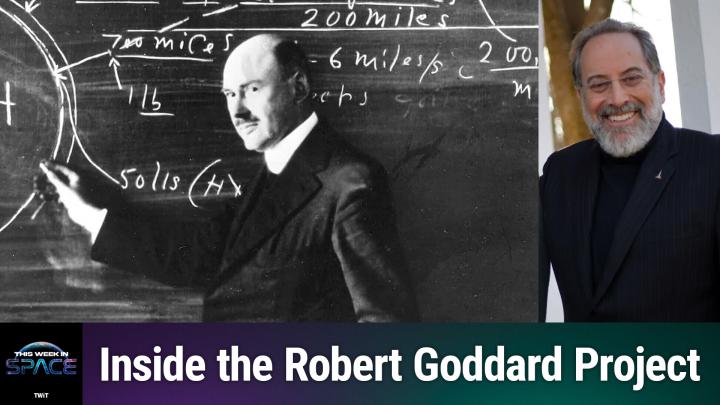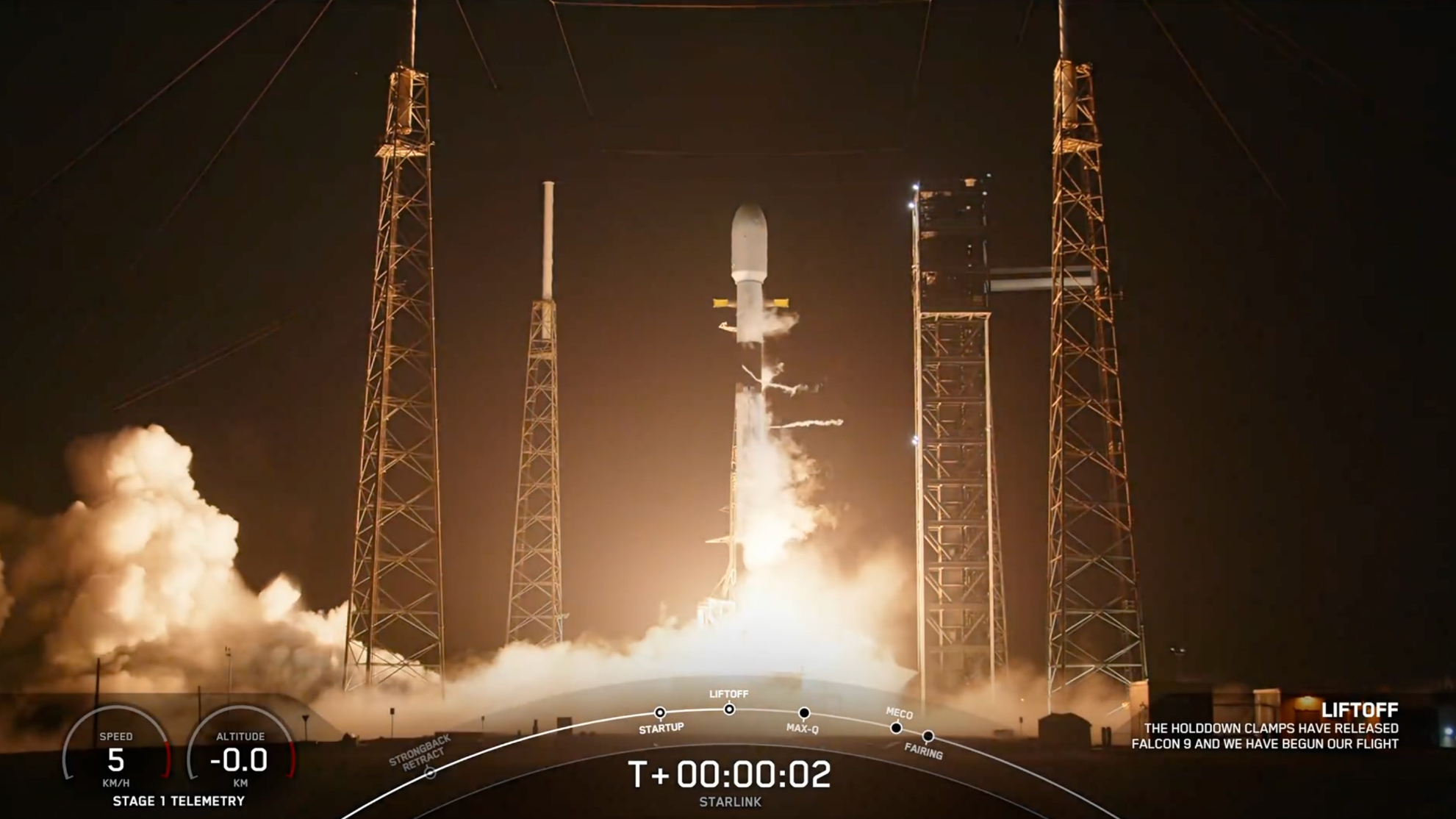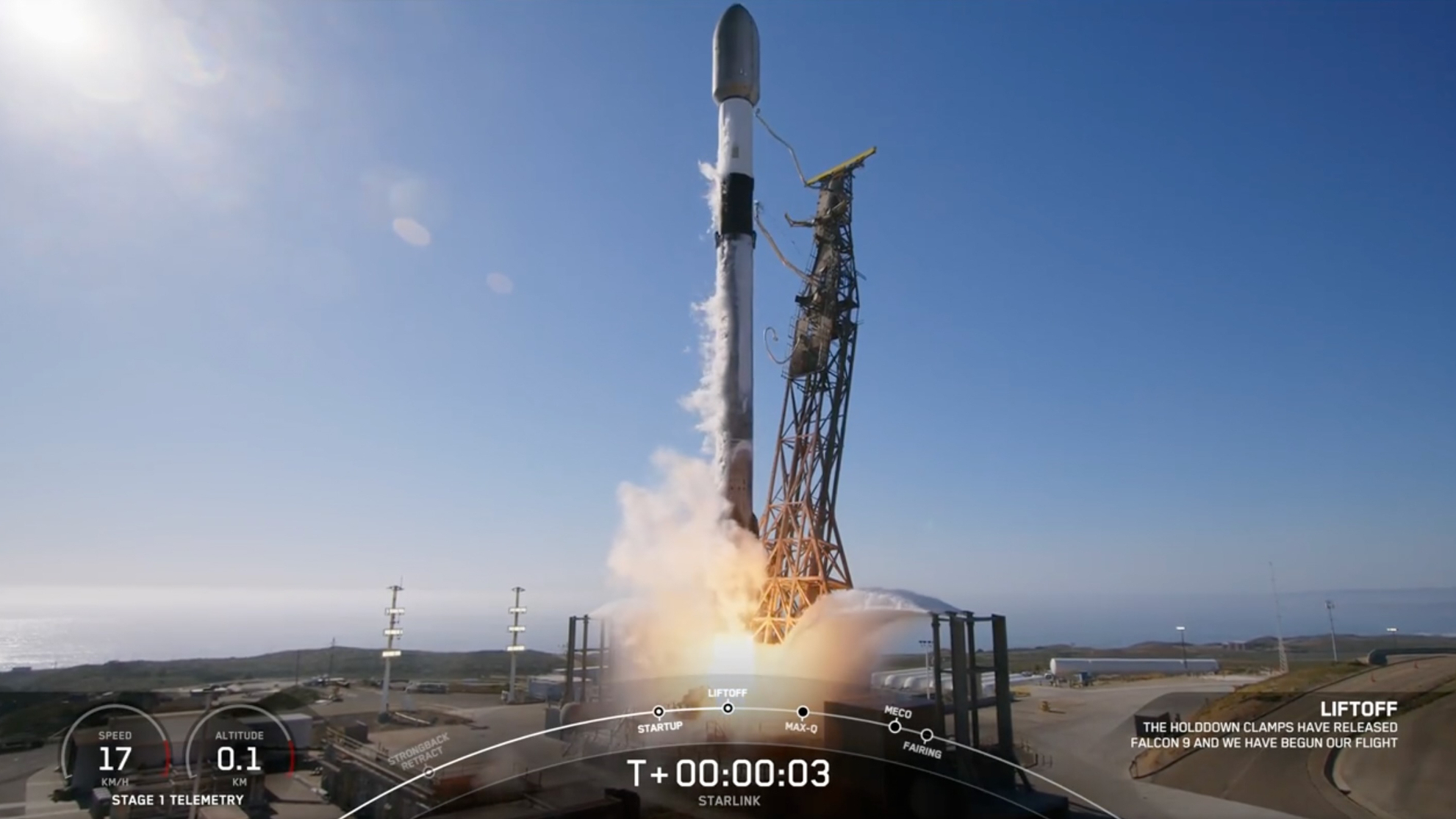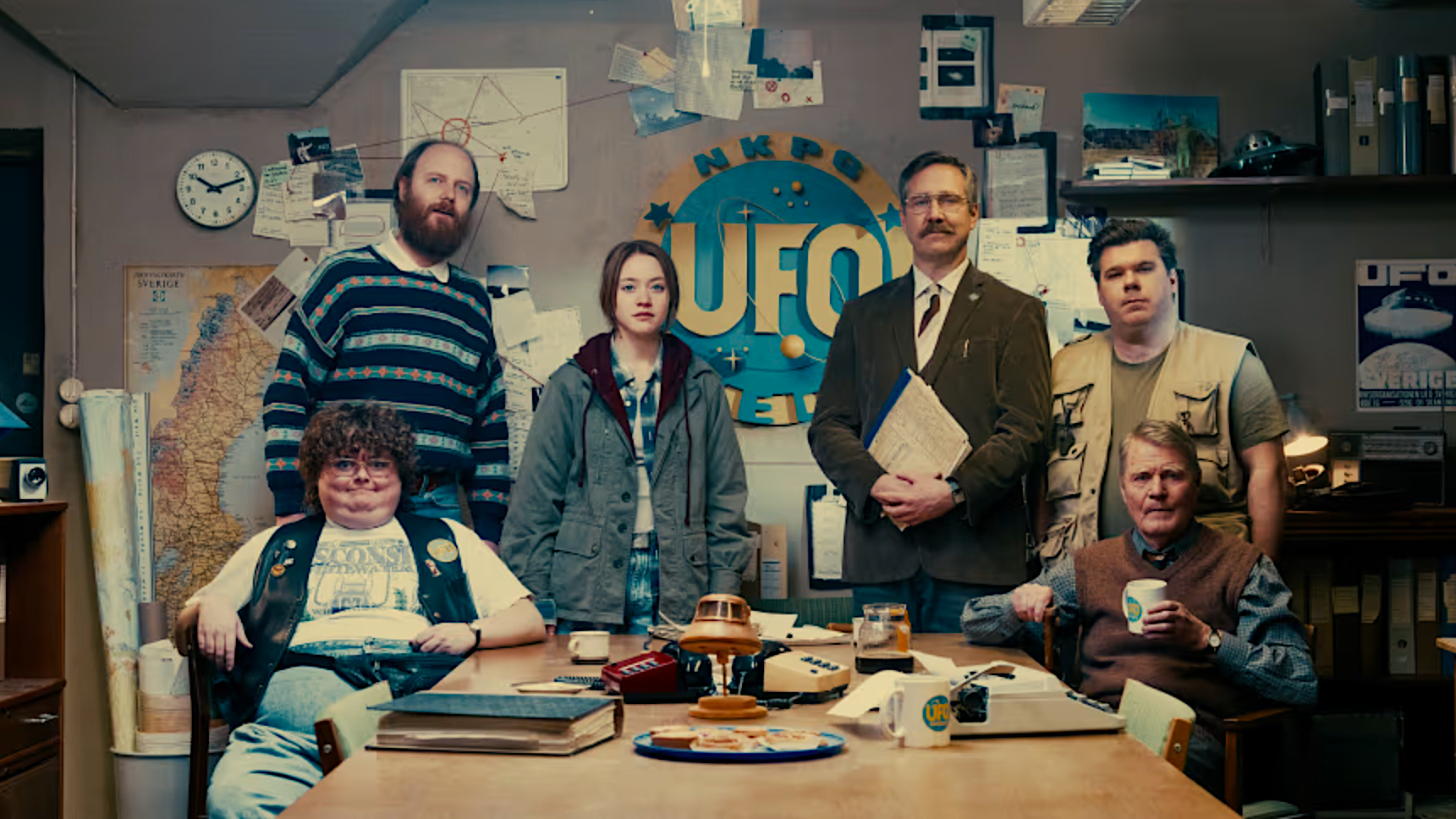International Space Station Partners Affirm Commitment to Project
Wf,km
Here is a web item. Will follow tomorrow with astory based on interview.
PARIS-- NASAconfirmed to its international space station partners on Jan. 26 that it plans to returnthe U.S. space shuttle to flight this yearwith test launches in the late spring and late summer and to resume assembly ofthe orbital complex starting with a shuttle flight in December.
Meeting inMontreal, the heads of the five space agencies building the station --representing the United States, Russia, Europe, Japan and Canada -- said theywere confident the station's assembly would be completed by the end of thedecade despite the more than two-year shutdown of shuttle activity due to since the February 2003 Columbiaaccident. NASA Administrator Sean O'Keefe said modifying the remaining shuttlefleet has already cost NASA about $1.5 billion.
At a pressbriefing following the meeting, the five agency heads stressed their commitmentto the space station, the costs of which have have risen for all involved which has added to all the partners' bills becauseof the facility's dependence on the shuttle for construction. Europe and Japan are still awaiting shuttle launchesof for their respectivemain main space stationlaboratories aboard space shuttlestobe attached to the station, a job for which the shuttle is needed.
O'Keefe,attending his last heads-of-agenciesymeeting before he leaves NASA beforeleaving the U.S. agency, said the station's continued operation for in the past two years despite theshuttle fleet's grounding is proof of the station partnership's resilience. Hesaid NASA is committed to delivering its partners' hardware to the stationbefore the shuttle is retired. He repeated the U.S. goal of taking the shuttle out ofservice in 2010 after performing "the fewest number of flights" as needed to meet NASA'sobligations to station construction.
O'Keefesaid NASA will use its station experience in developing its space explorationprogram, which focuses on the Moon moonand Mars rather than on low Earth orbit.
Get the Space.com Newsletter
Breaking space news, the latest updates on rocket launches, skywatching events and more!
RussianFederal Space Agency Director-General Anatoli Perminov said Russia agrees that the station is usefulas a laboratory for longer-range space exploration. But he said any mannedmissions to Mars could occur only after continued extensive work in low Earthorbit on facilities including the international space station.
Speaking inRussian with English translation, Perminov said Russia's immediate goal after the internationalspace station is a manned presence on the Moon. He said other space stations,also in low Earth orbit, may be needed before enough experience is gained topermit sending humans astronautsto Mars.
Join our Space Forums to keep talking space on the latest missions, night sky and more! And if you have a news tip, correction or comment, let us know at: community@space.com.

Charles Q. Choi is a contributing writer for Space.com and Live Science. He covers all things human origins and astronomy as well as physics, animals and general science topics. Charles has a Master of Arts degree from the University of Missouri-Columbia, School of Journalism and a Bachelor of Arts degree from the University of South Florida. Charles has visited every continent on Earth, drinking rancid yak butter tea in Lhasa, snorkeling with sea lions in the Galapagos and even climbing an iceberg in Antarctica. Visit him at http://www.sciwriter.us









